Fuel injection didn’t just show up overnight—it took decades of testing, tweaking, and trial to replace the trusty carburetor. But when it finally started appearing in production cars, it laid the foundation for modern engine performance. These early adopters helped push the tech forward, even when it was still new, finicky, or expensive. From luxury cruisers to race-inspired builds, here are ten cars that helped bring fuel injection into the spotlight—long before it became the standard under every hood.
1. 1955 Mercedes-Benz 300SL
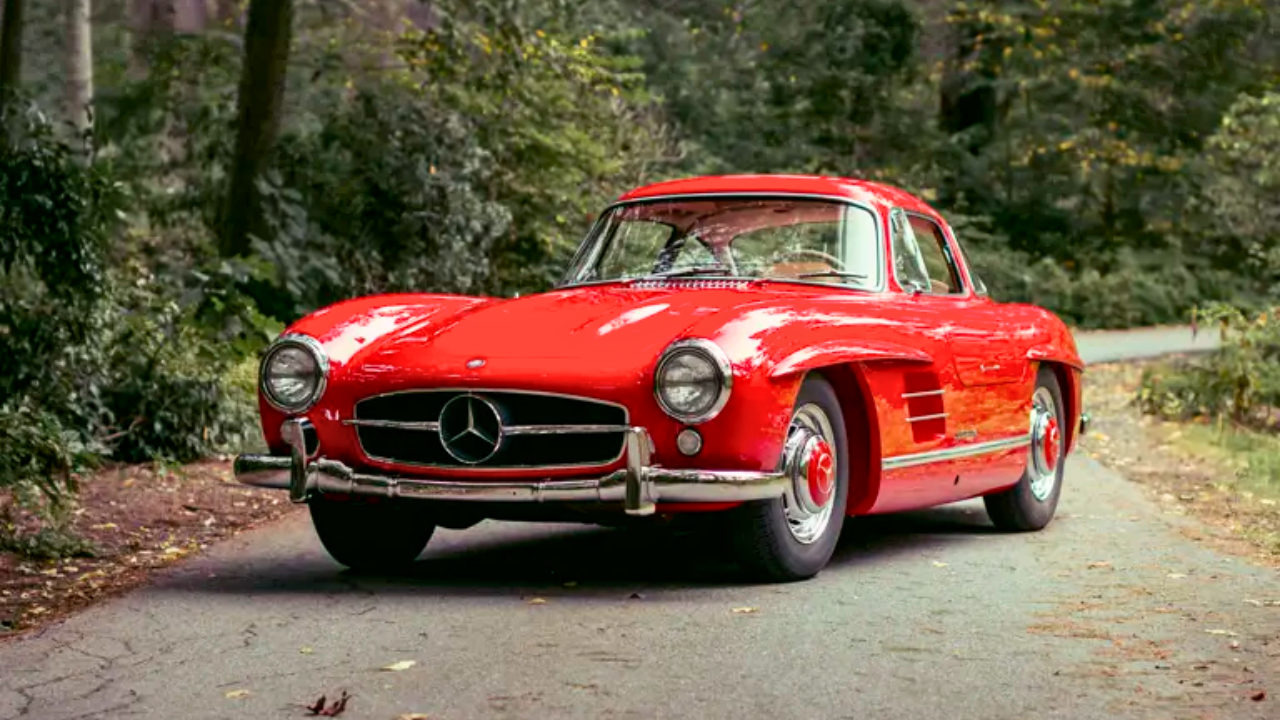
The 300SL was the first production car to feature direct fuel injection, and it wasn’t shy about it. Its 3.0L inline-six made 215 horsepower—serious output for the mid-’50s—thanks to Bosch’s mechanical injection system.
That tech gave it an edge in both racing and road use. The “Gullwing” doors got all the attention, but the fuel injection helped make the car a true performer. It set the tone for what high-end engineering could deliver.
2. 1957 Chevrolet Corvette (Fuelie)
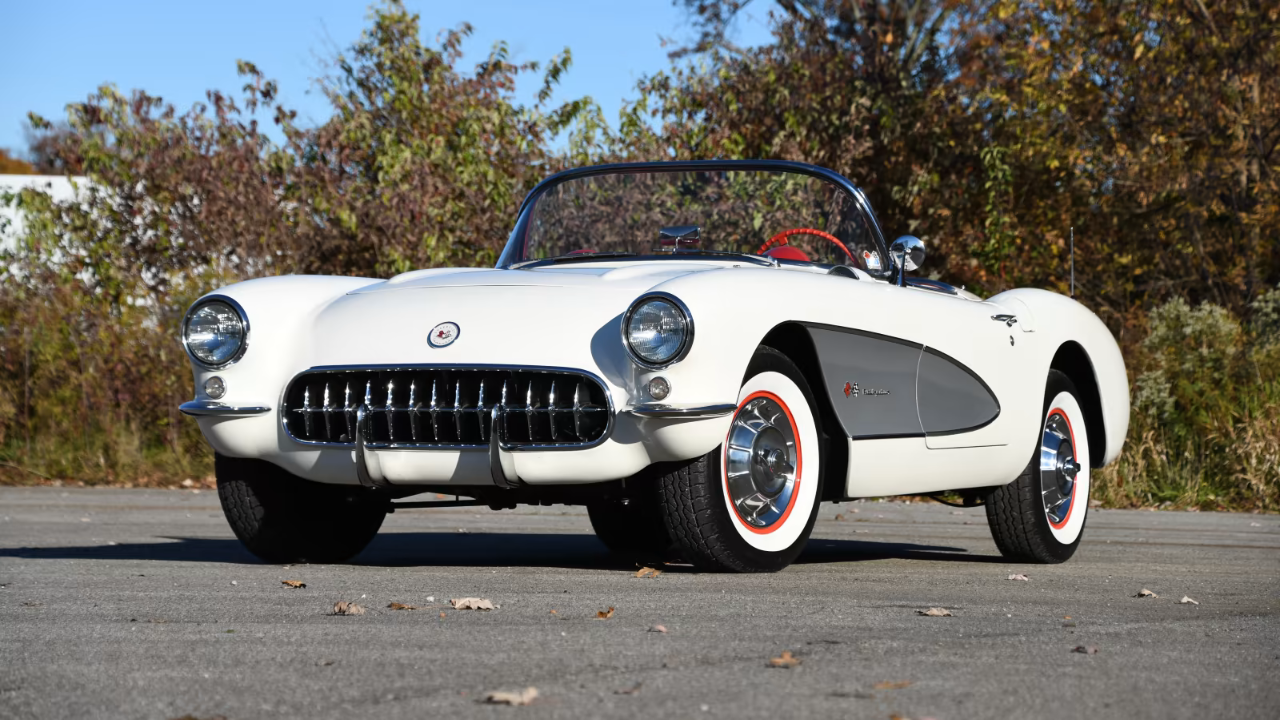
Chevy’s “Fuelie” Corvette was the first American car to use a factory fuel-injected engine. It packed a 283-cubic-inch small-block V8 that made 283 horsepower—one horsepower per cubic inch, a headline-grabbing number at the time.
The setup came from Rochester and was mechanically injected. It wasn’t cheap or simple, but it gave the Corvette credibility as more than just a weekend cruiser. The Fuelie became a legend—and a milestone for GM engineering.
3. 1958 Goggomobil TS400
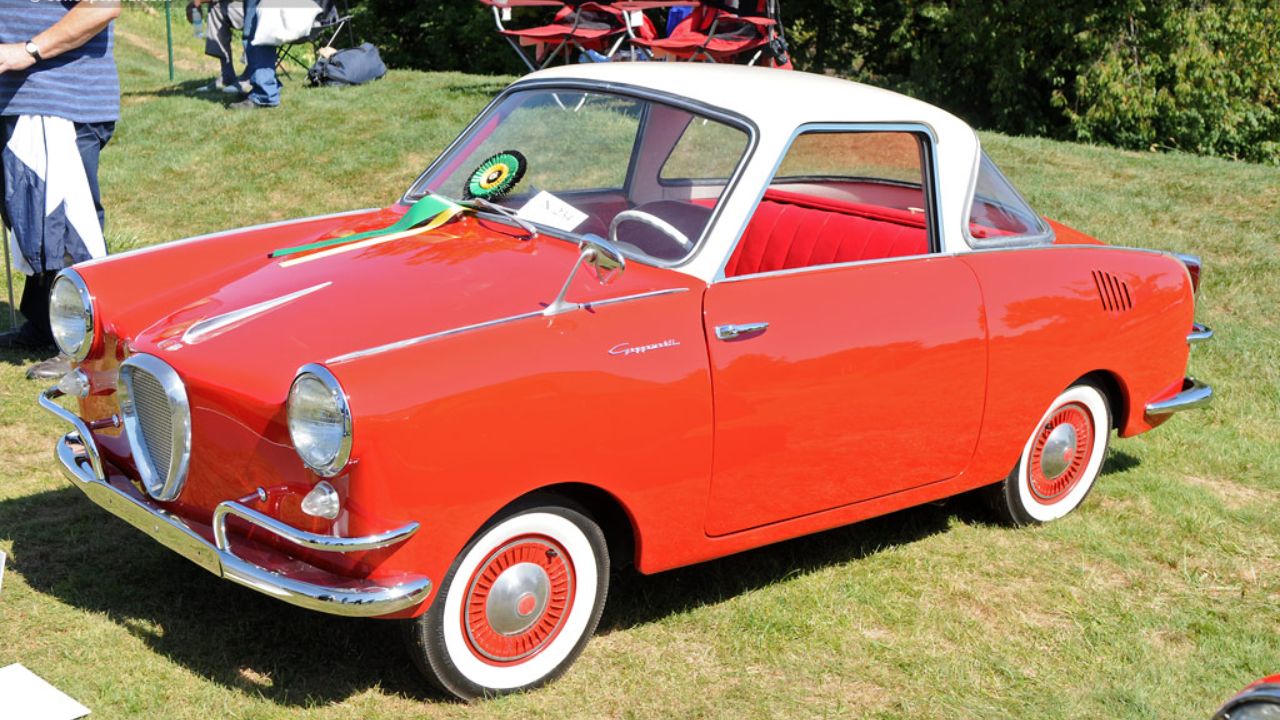
Fuel injection isn’t just for big V8s or sports cars. The German-built Goggomobil TS400, a tiny two-stroke microcar, also used a form of mechanical injection on some variants. It wasn’t high horsepower—it only made around 20—but it was efficient.
Goggomobil saw the benefits of cleaner fueling and better throttle response, even on a small scale. It’s one of the more obscure entries in fuel injection history, but it shows how wide-reaching the tech’s appeal was—even back in the ‘50s.
4. 1960 Chevrolet Corvair Monza Spyder (Turbocharged)
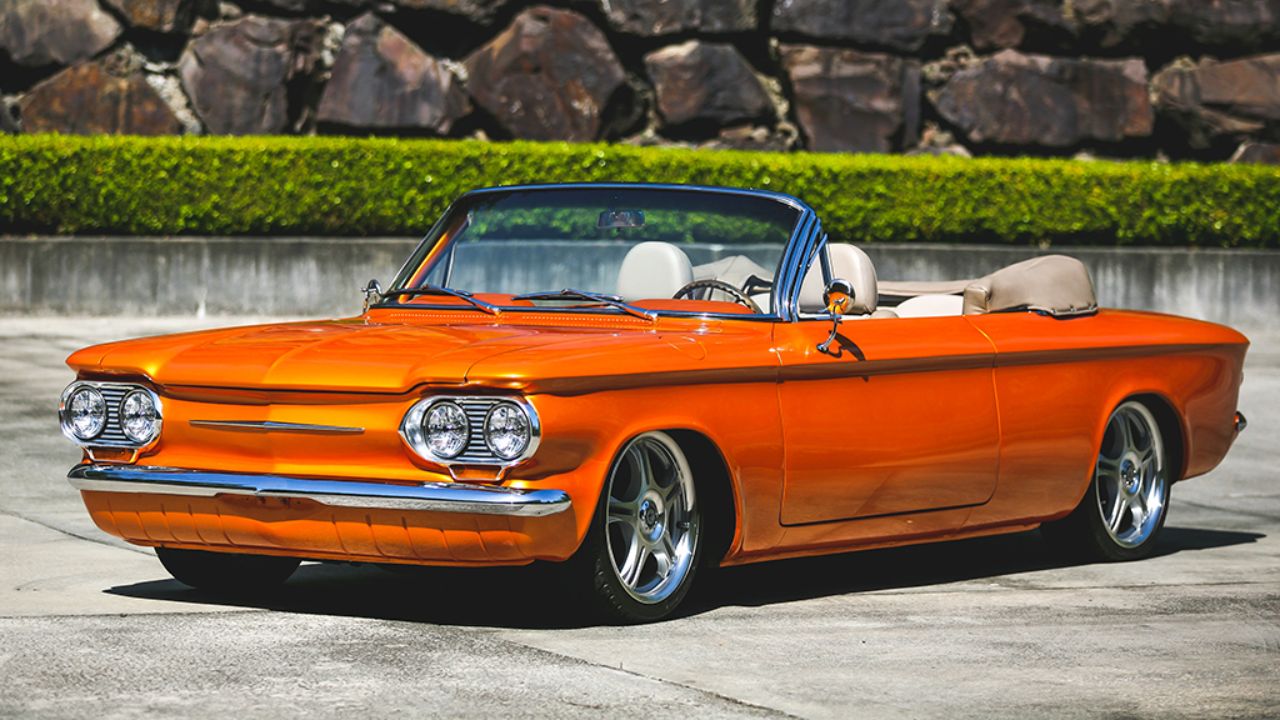
While not the first to use injection, the Corvair Monza Spyder deserves a nod for pairing early turbocharging with a side draft fuel delivery system that edged into injection territory. It was GM getting creative with air-cooled tech.
With a turbocharged 145 cubic-inch flat-six, it made 150 horsepower—impressive for the time. It wasn’t full electronic injection, but it pushed the envelope on performance fuel delivery in a small-displacement package.
5. 1961 Jaguar E-Type (Lucas Mechanical Injection Prototype)
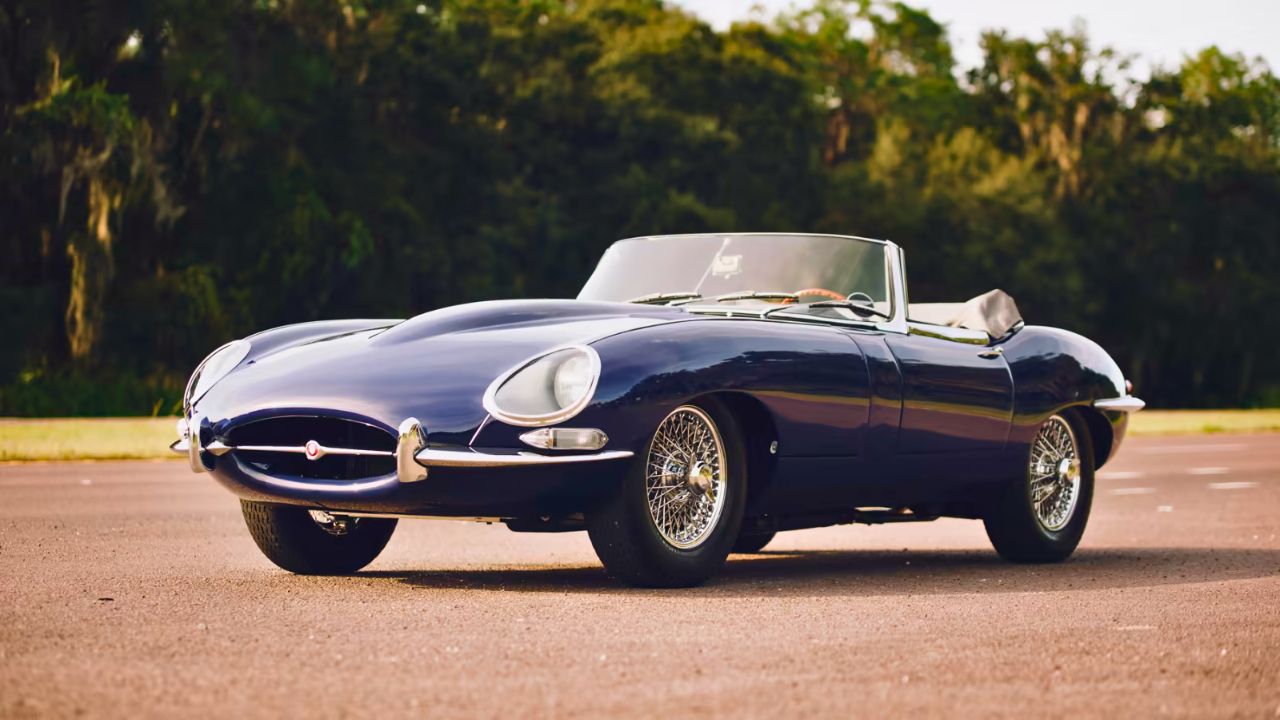
The production E-Type ran on carbs, but Jaguar played with Lucas mechanical fuel injection in its early development stages. A few experimental units were built and tested before they reverted to the triple SU setup for mass production.
While it never hit showroom floors with injection, the E-Type’s flirtation with the tech highlights how high-performance brands were eyeing it—even if the systems weren’t ready for primetime just yet.
6. 1967 Volkswagen 1600 (Type 3)
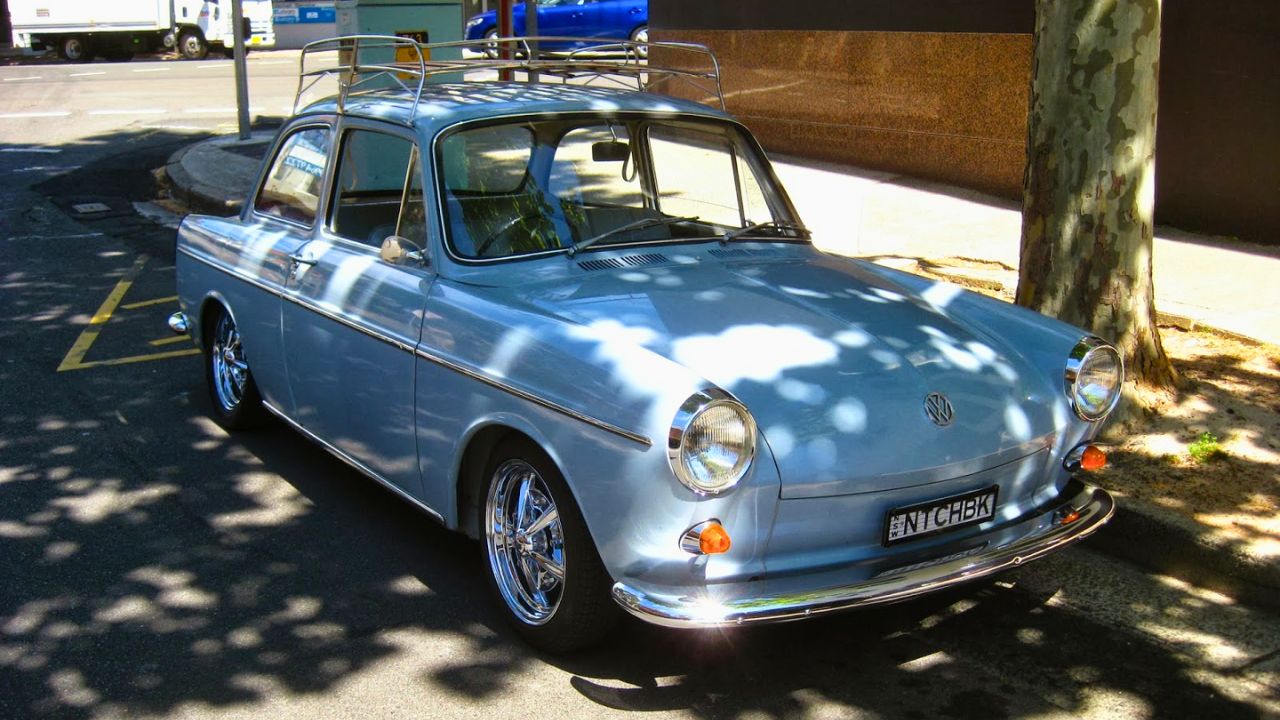
The VW 1600 Type 3 was the first mass-produced car to use Bosch’s D-Jetronic electronic fuel injection system. That setup ditched the mechanical components and relied on sensors to control fuel delivery electronically.
It wasn’t flashy, but it worked—and it made the 1600 smoother, more efficient, and easier to live with in cold starts. This was the beginning of EFI going mainstream, and VW led the charge for everyday drivers.
7. 1968 Porsche 911E
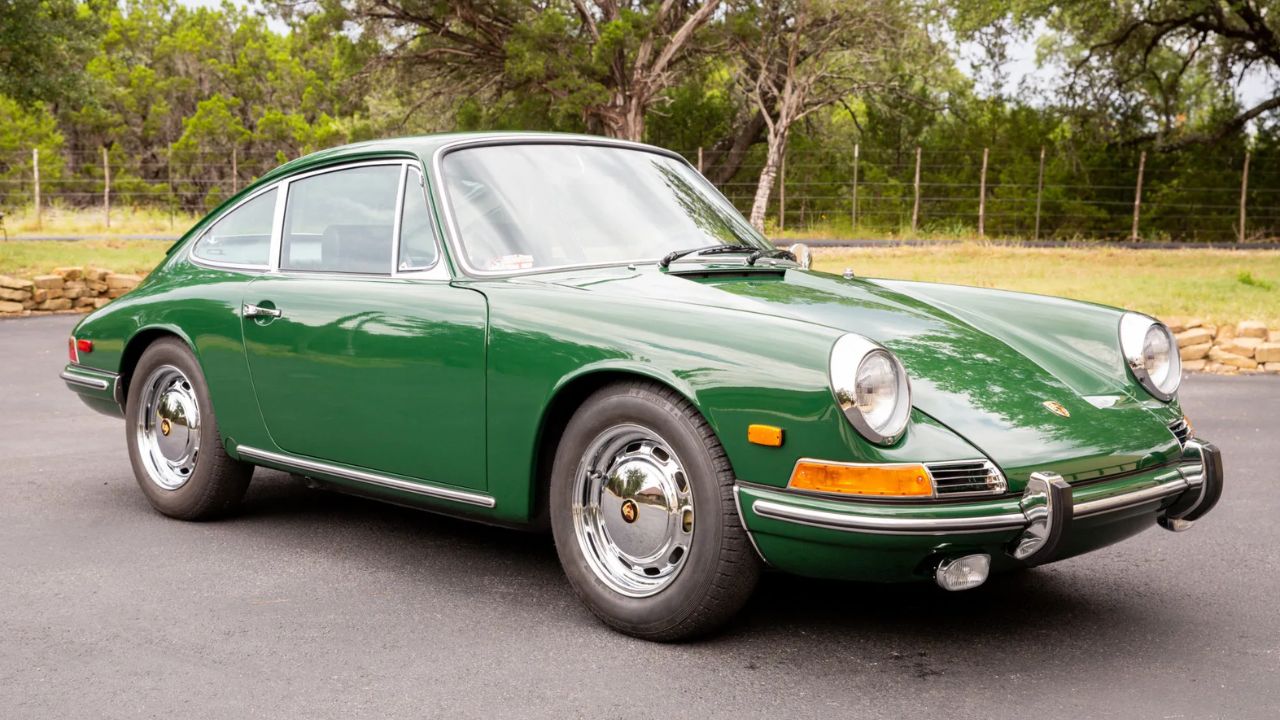
The 911E introduced mechanical fuel injection to the Porsche lineup, courtesy of Bosch. It used a 2.0L flat-six making about 155 horsepower, tuned for quick throttle response and better drivability.
The “E” stood for Einspritzung, which literally means injection in German. It gave Porsche a middle ground between the carbureted 911T and the more aggressive 911S. This setup stuck around in various forms through the early ’70s.
8. 1970 Citroën SM
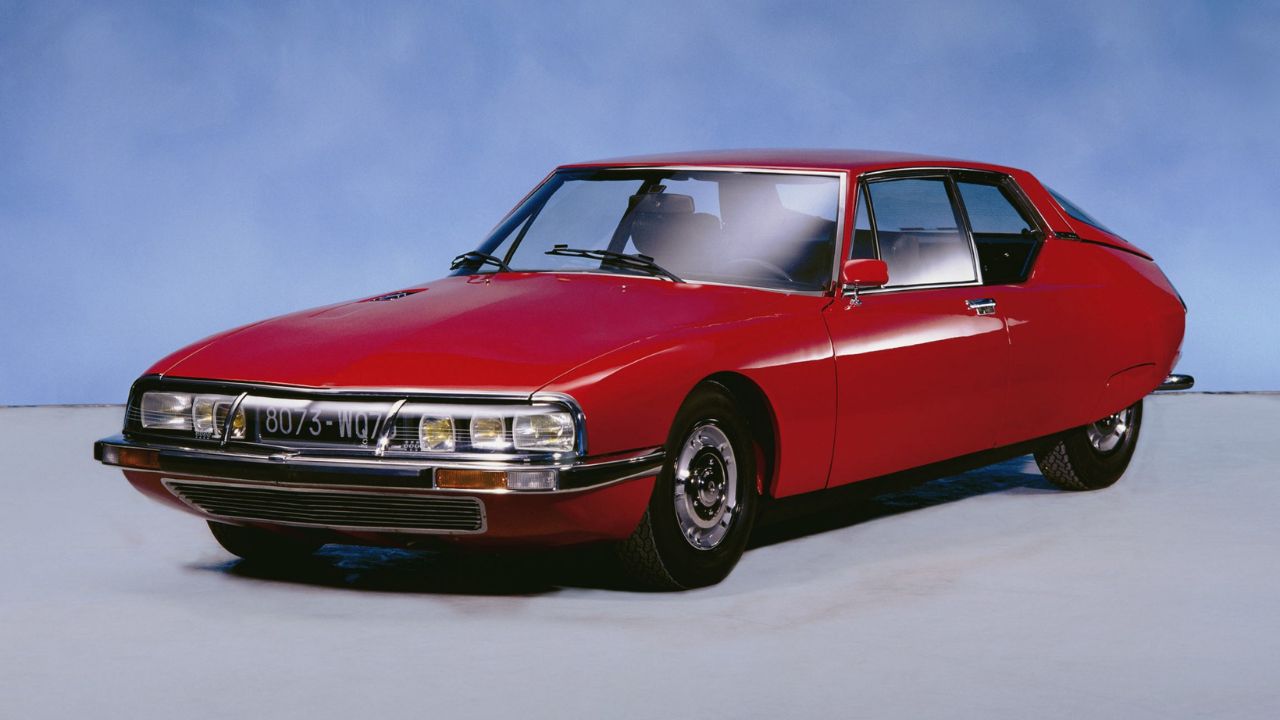
The Citroën SM wasn’t just futuristic on the outside. It came with a Maserati-built V6 and an optional Bosch D-Jetronic EFI system—one of the earliest electronic fuel-injection setups in a grand tourer.
Paired with Citroën’s signature hydro-pneumatic suspension and unique styling, the injected SM delivered smooth performance and strong high-speed cruising manners. It was expensive, complex, and very ahead of its time.
9. 1973 BMW 3.0CSi
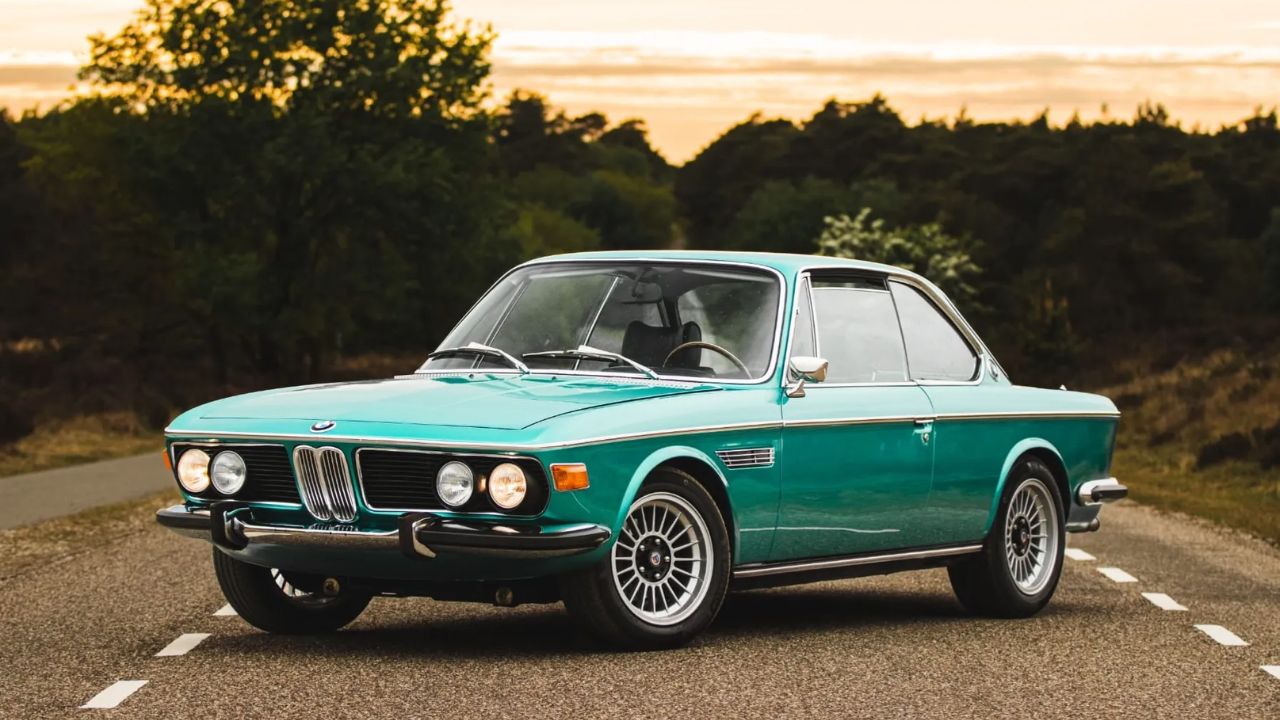
BMW’s 3.0CSi coupe was one of the earliest European luxury cars to use Bosch’s electronic fuel injection (D-Jetronic, then L-Jetronic). The result was a 200-horsepower straight-six that was smoother and cleaner-burning than its carb-fed cousins.
The fuel injection not only helped the car meet tighter emissions standards—it also kept it quick and responsive. The 3.0CSi proved EFI wasn’t just for efficiency—it could also boost performance without sacrificing refinement.
10. 1975 Cadillac Seville
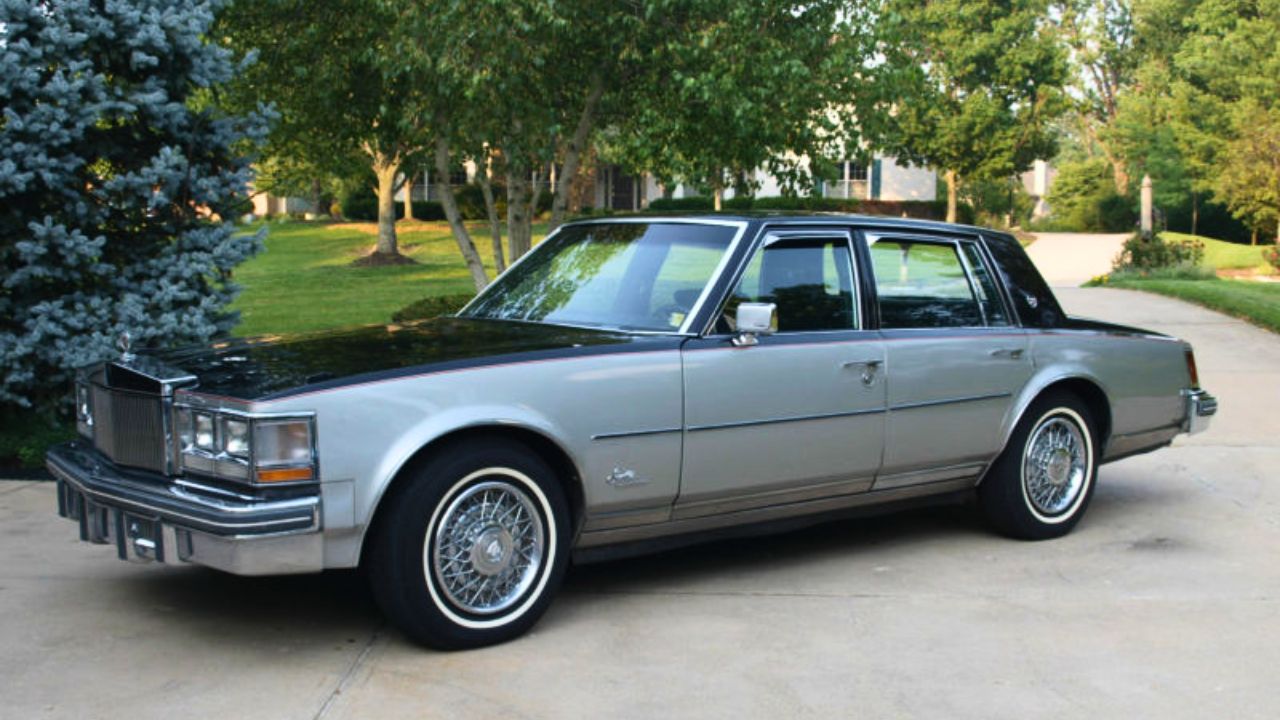
The Cadillac Seville became the first American production car to feature full electronic fuel injection as standard equipment. It used a 350-cubic-inch V8 paired with a Bendix EFI system designed for smoothness and emissions control.
This wasn’t about high-rev thrills—it was about modernizing luxury powertrains for the fuel-conscious era of the mid-’70s. The Seville showed that EFI could scale up for big engines and premium buyers, setting the tone for GM’s future.
*This article was hand crafted with AI-powered tools and has been car-fully, I mean carefully, reviewed by our editors.

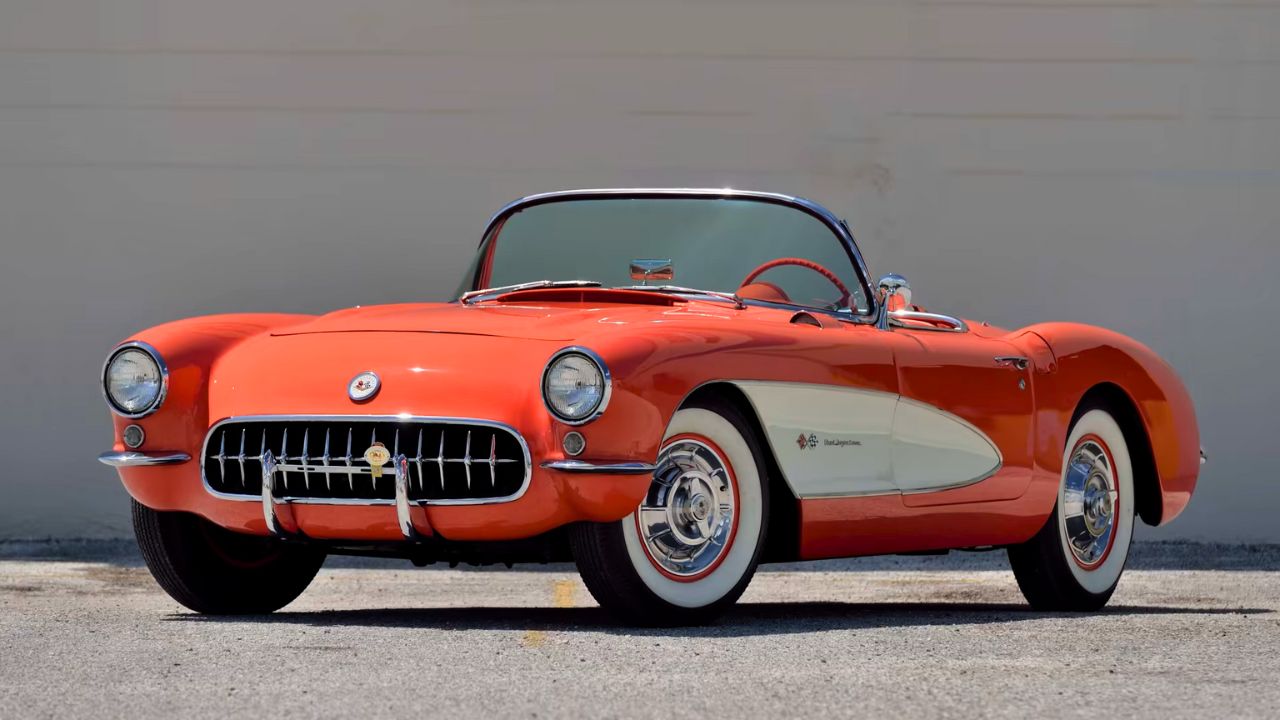
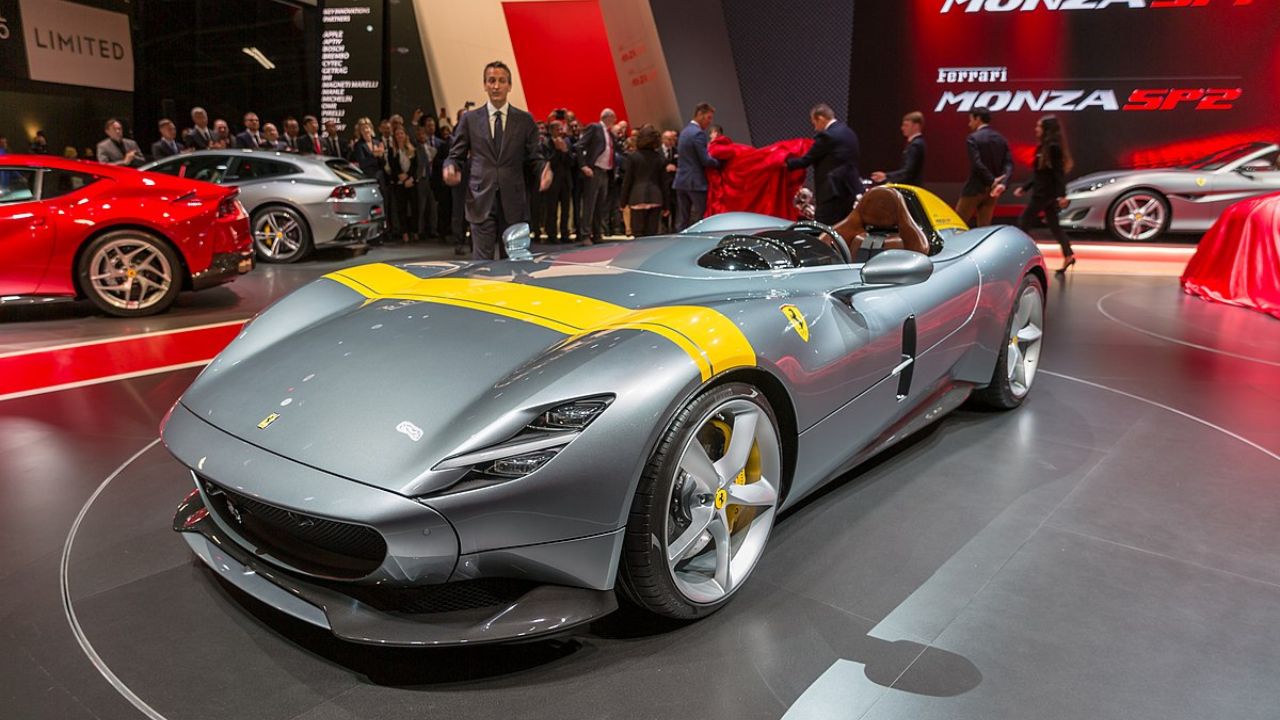
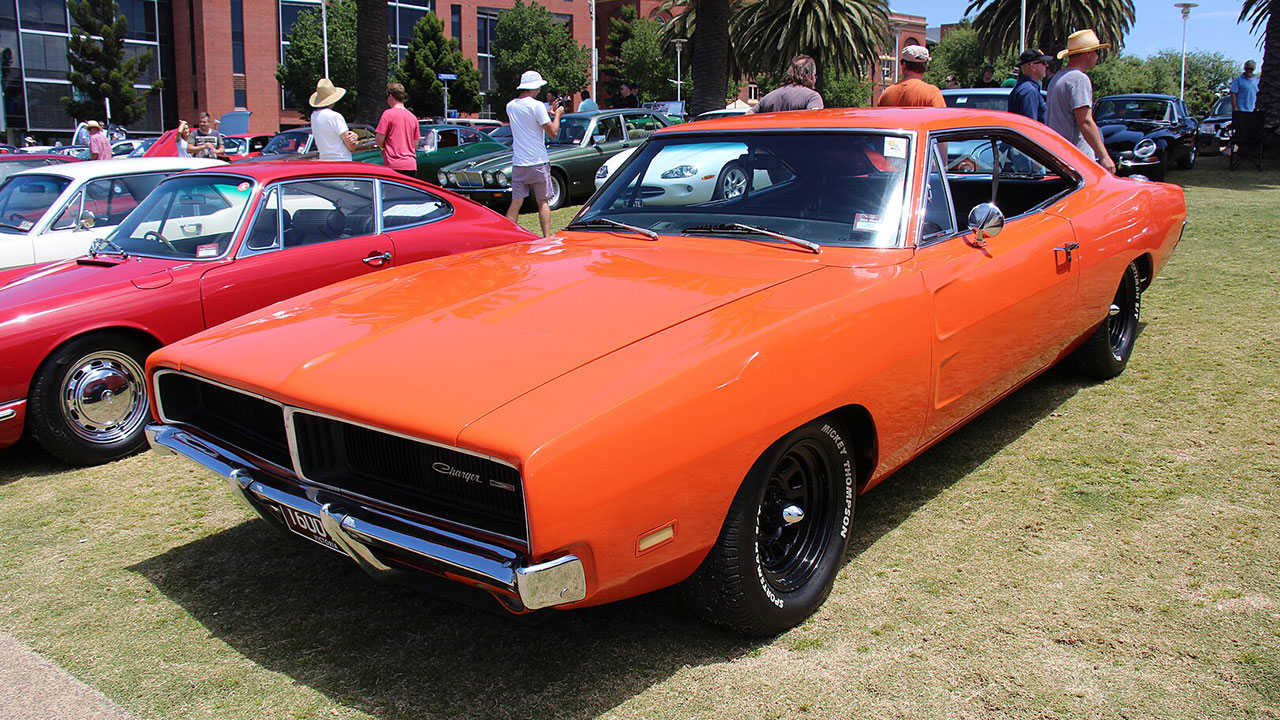
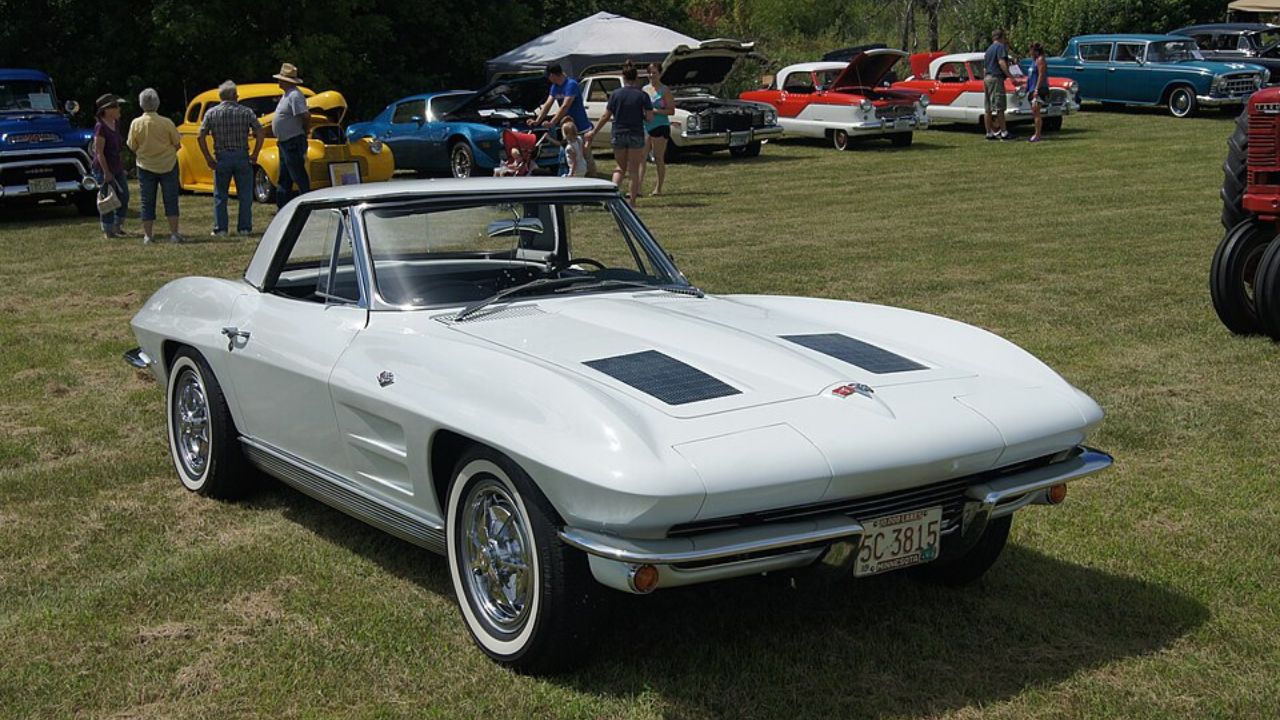
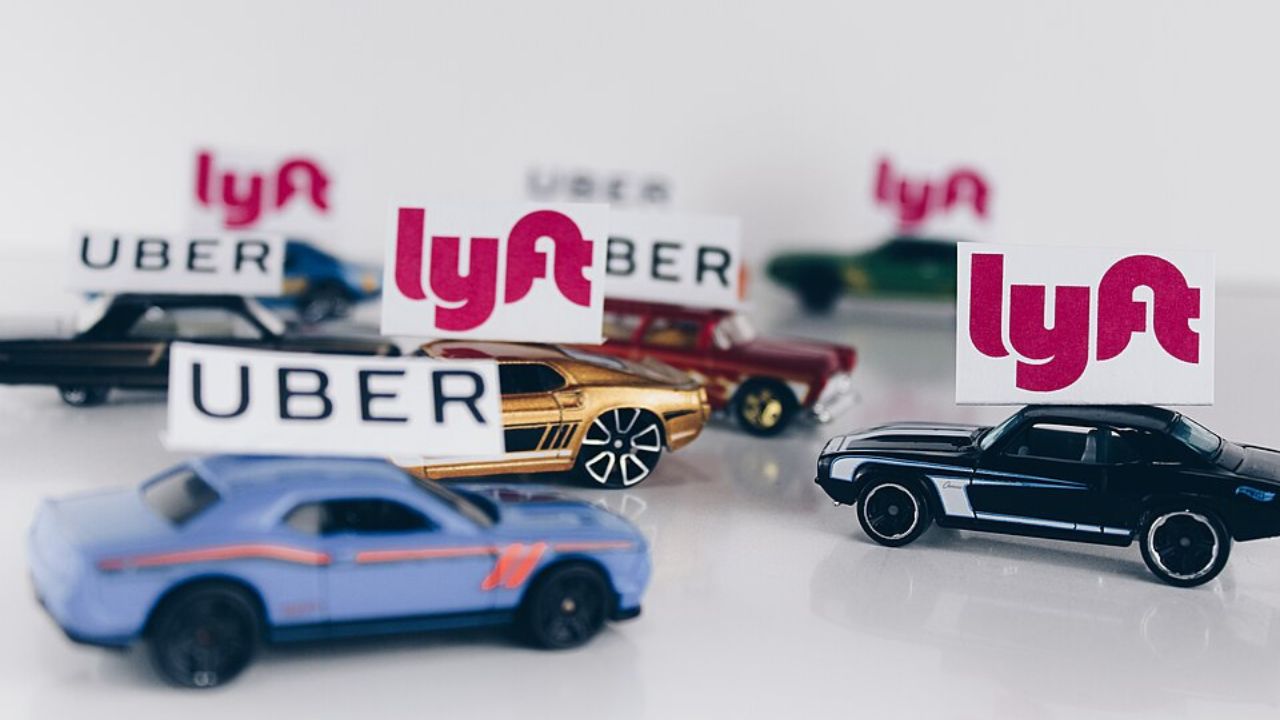
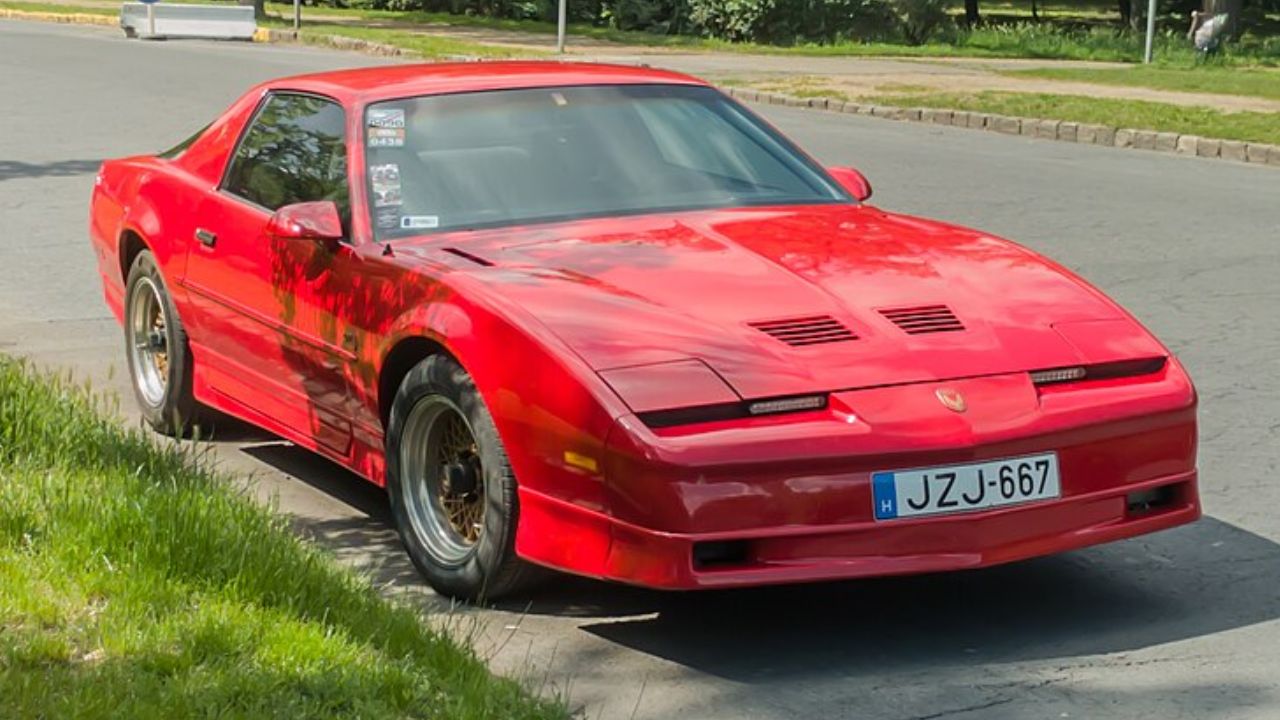
Leave a Reply